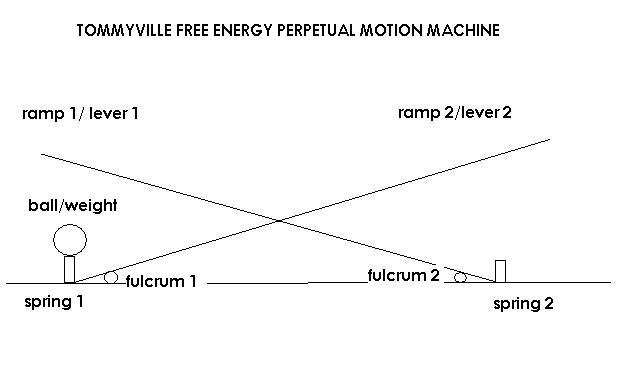Hi Tom, great question. I had wondered the whirlpool as well – it seems like we can get a free ride, right?
However, the whirpool needs to be created by something, such as a propeller or water going down a hole. For a propeller, energy is being used to create the whirlpool, and the boat is just feeding off that. In the case of water draining down a sink, water is flowing downwards (losing energy), and the boat is feeding off that change.
Other examples of “free” energy sources are solar power and wind: we can get something for nothing. However, the sun is the ultimate power source for those events, and we just tap into the energy the sun gives off.
Gravity is interesting – we can get “free” energy depending on how things are positioned initially. For example, if I go to a mountain, I can make “free” energy by rolling the rocks that are there downhill. Something did the work to get rocks up there (continental drift pushing land to make the mountain), and I get to use it for free.
In a similar way, our planet started off far away from other ones. We can “slingshot” by falling towards the other planet, which accelerates us more and more. As far as I know, the slingshot doesn’t actually change the speed, but can change the direction of motion (so you get a free change in direction). And the reason we can do the slingshot at all is because we initially started away from the planet.
I guess the summary is that we can’t create “free” energy, but we can use energy that is already in the system, like the sun or starting off far away from other planets. It’s a bigger, hairier question to ask why we have energy in the universe at all, instead of it all being a blank void.
To answer your question: I’d say we can harvest gravity, in the sense of extracting energy from objects that have already been separated (like rocks on top of a mountain). However, this extracts energy that is already in the system (still useful), rather than creating new energy. Eventually we’d run out of rocks to topple over 

